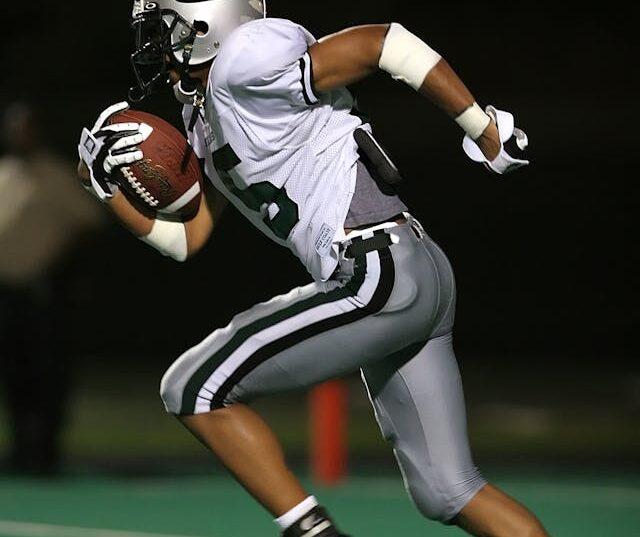Digg Makes Admirable Attempt, but Misses with New Comment Feature
 You have to hand it to news aggregator Digg.com. The site is making solid attempts at bringing community back by introducing new features on the site’s front page. The efforts are commendable, but Digg has to be careful it doesn’t trip over its own feet.
You have to hand it to news aggregator Digg.com. The site is making solid attempts at bringing community back by introducing new features on the site’s front page. The efforts are commendable, but Digg has to be careful it doesn’t trip over its own feet.
In the past several days, engineers at Digg rolled out some changes on the right-hand site of the front page designed to highlight the site community. The most recent change occurred just below the top-right medium rectangle advertisement, where a “Top Comment” widget appeared. The comment box includes at least a few of the most highly rated recent comments on the site.
This is an idea that has potential, but one that was poorly executed. I commend Digg for thinking on the fly. It has been noted that significant portions of the site community have taken off for what are perceived to be “greener” pastures like Reddit.com. It’s only natural that the folks at Digg would want to build commenting on the site by giving the most vociferous users a bit of recognition on the front page. The Digg team rolled out the idea without warning, perhaps as a demonstration to their developers and engineers that their voices deserve trust, that their ideas should be seen and given a chance to succeed in front of the entire community.
Unfortunately, Digg swung and missed on this one, at least out of the gate thus far. First of all, they placed the widget at the topmost portion of the right hand side column of the redesigned site, just below the advertisement. This has for years been the location of arguably the site’s number one attraction, the Top 10 stories of the previous 24 hours. That “Top in 24” widget was pushed further down the page to the point where the unique visit referrals it generates were decimated recently, according to several top publishers. Since Digg has made it clear that the referrals it delivers to publishers are of high importance to them, this move appears to have hurt an important part of their mission as a site — that of maintaining relevance to users looking for traffic.
Secondly, the widget itself also suffers from issues that make it almost impenetrable to average and new users. Each comment is listed without enough context, so that it is nearly impossible to easily tell why the comment was made or what it was made in reference to. Why we care about any given comment in the widget is often very difficult to discern. Unfortunately the widget comes across as a series of random sentences. Very few people have the attention span or the energy on the social web these days to do detective work in determining how or why a random sentence was uttered. In this light, it seems a bad idea to replace the long-worshipped “Top in 24” widget with such a thing.
Is there a place for this type of feature? Definitely. I would say that the top comment thread of the day might warrant highlighting in this manner. But that type of widget would have to be chock full of context. It would be important to include the title of the post being highlighted, and at least two boisterous comments that make sense given their relation to each other. I would also recommend that any comment widget be given second or third billing on the right rail. It should most definitely be below the “Top in 24” feature, which again is perhaps the most important feature on Digg.com. I am of the opinion that “Hot Stories” and “Top Users,” would always live below “Top in 24” as well, but belong above a comment widget.
All of these widgets on the “right rail” constitute an excellent effort by Digg to recapture the spirit of interaction and commenting that was once so strong on the site. The rollout of the comment box also shows a nice agile streak in the thinking of the top brass at Digg. It’s a good idea to periodically give hard working staff like developers and engineers a shot at breaking out a successful new feature. However it just did not work this time. Here’s to hoping that more features are rolled out in the future and that they don’t harm visitor referrals or confuse users.



